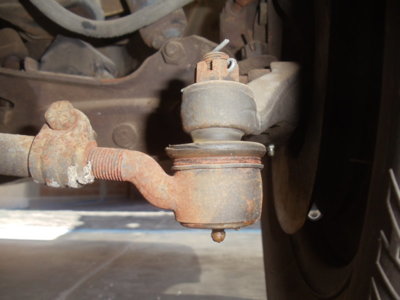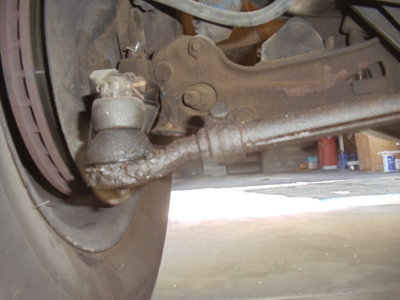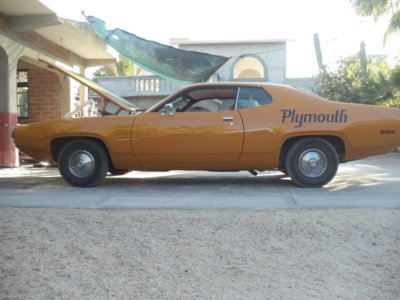Dako
Well-Known Member
When the front end is raised...be it by torsion bar adjustment or a jack and let the wheels hang, the wheels typically lean out on the bottom, not in. Something else is wrong causing the tires to lean out at the top...or in at the bottom. Geometry of the suspension design dictates this.



















